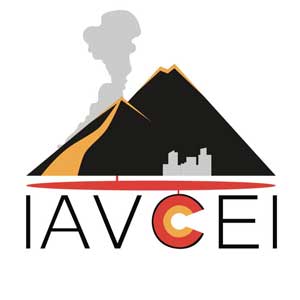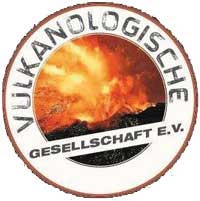In the past 7 days, Africa and the Red Sea was shaken by 2 quakes of magnitude 4.0 or above, 4 quakes between 3.0 and 4.0, and 14 quakes between 2.0 and 3.0. There were also 51 quakes below magnitude 2.0 which people don't normally feel.
A The East African Rift Valley

Map of East Africa showing some of the historically active volcanoes (red triangles) and the Afar Triangle (shaded, center) -- a so-called triple junction (or triple point), where three plates are pulling away from one another: the Arabian Plate, and the two parts of the African Plate (the Nubian and the Somalian) splitting along the East African Rift Zone.
From: Kious and Tilling, 1996, This Dynamic Earth: The Story of Plate Tectonics: USGS Online version 1.08
In East Africa, spreading processes have already torn Saudi Arabia away from the rest of the African continent, forming the Red Sea. The actively splitting African Plate and the Arabian Plate meet in what geologists call a triple junction, where the Red Sea meets the Gulf of Aden. A new spreading centre may be developing under Africa along the East African Rift Zone. When the continental crust stretches beyond its limits, tension cracks begin to appear on the Earth's surface. Magma rises and squeezes through the widening cracks, sometimes to erupt and form volcanoes. The rising magma, whether or not it erupts, puts more pressure on the crust to produce additional fractures and, ultimately, the rift zone.
East Africa may be the site of the Earth's next major ocean. Plate interactions in the region provide scientists an opportunity to study first hand how the Atlantic may have begun to form about 200 million years ago. Geologists believe that, if spreading continues, the three plates that meet at the edge of the present-day African continent will separate completely; allowing the Indian Ocean to flood the area and making the easternmost corner of Africa (the Horn of Africa) a large island.
First visit to our site? If you havn't done it yet,
download the Volcanoes & Earthquakes app to get one of the fastest volcano news online:
Android |
IOS
















